As noted during the fall semester, the transition from Artstor to JSTOR is continuing. As of right now, we know that Artstor will be supported at least through the 2021-2022 […]
How You Can Influence the Future of Artstor on JSTOR
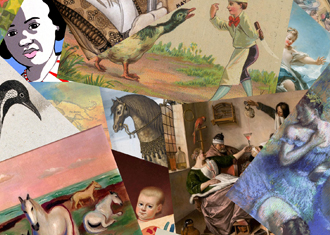
Johns Hopkins UniversityEst. 1876
America’s First Research University

As noted during the fall semester, the transition from Artstor to JSTOR is continuing. As of right now, we know that Artstor will be supported at least through the 2021-2022 […]
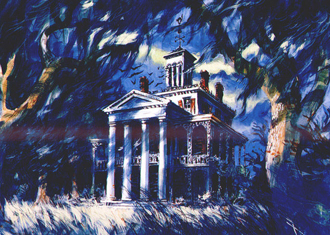
It’s the time of year when the weather cools, the leaves change, and people gather round to hear their favorite scary or odd stories. This year, the staff at JHU […]
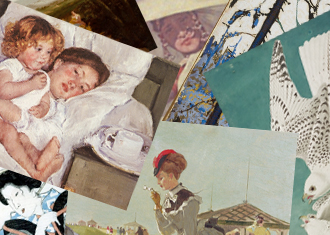
Beginning with the Mellon Foundation in the 1990s, Artstor has been a mainstay of the digital image landscape for decades. Since 2015, the Visual Resources Collection (VRC)’s local image collection […]

As students here at Hopkins and around the area returned to school this week, long-separated friends no doubt greeted each other with the tried-and-true query, “What did you do over […]

The Johns Hopkins University Museums welcomed two interns for the summer of 2021. At Homewood Museum, rising senior Elizabeth Sheehan was selected as this year’s Pinkard-Bolton intern. The Pinkard-Bolton Internship […]
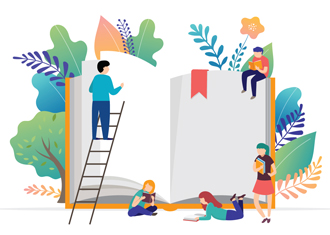
The Johns Hopkins Libraries are piloting an agreement with Wiley to promote Open Access and make it easier for our researchers and authors to achieve. The Johns Hopkins Libraries have entered […]

Are you interested in learning more about the copyright issues that may arise as you develop your scholarship? Would you like to understand what copyright is, how to work with […]
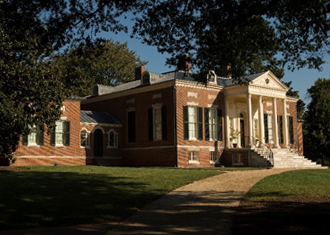
The story of Homewood and slavery did not end when Harriet Carroll left Homewood in 1816, taking the Ross family with her to Philadelphia. Homewood remained in the hands of the Carroll family until 1838, during which time many of the individuals enslaved by Charles Carroll of Homewood were relocated to another Carroll estate, Doughoregan […]
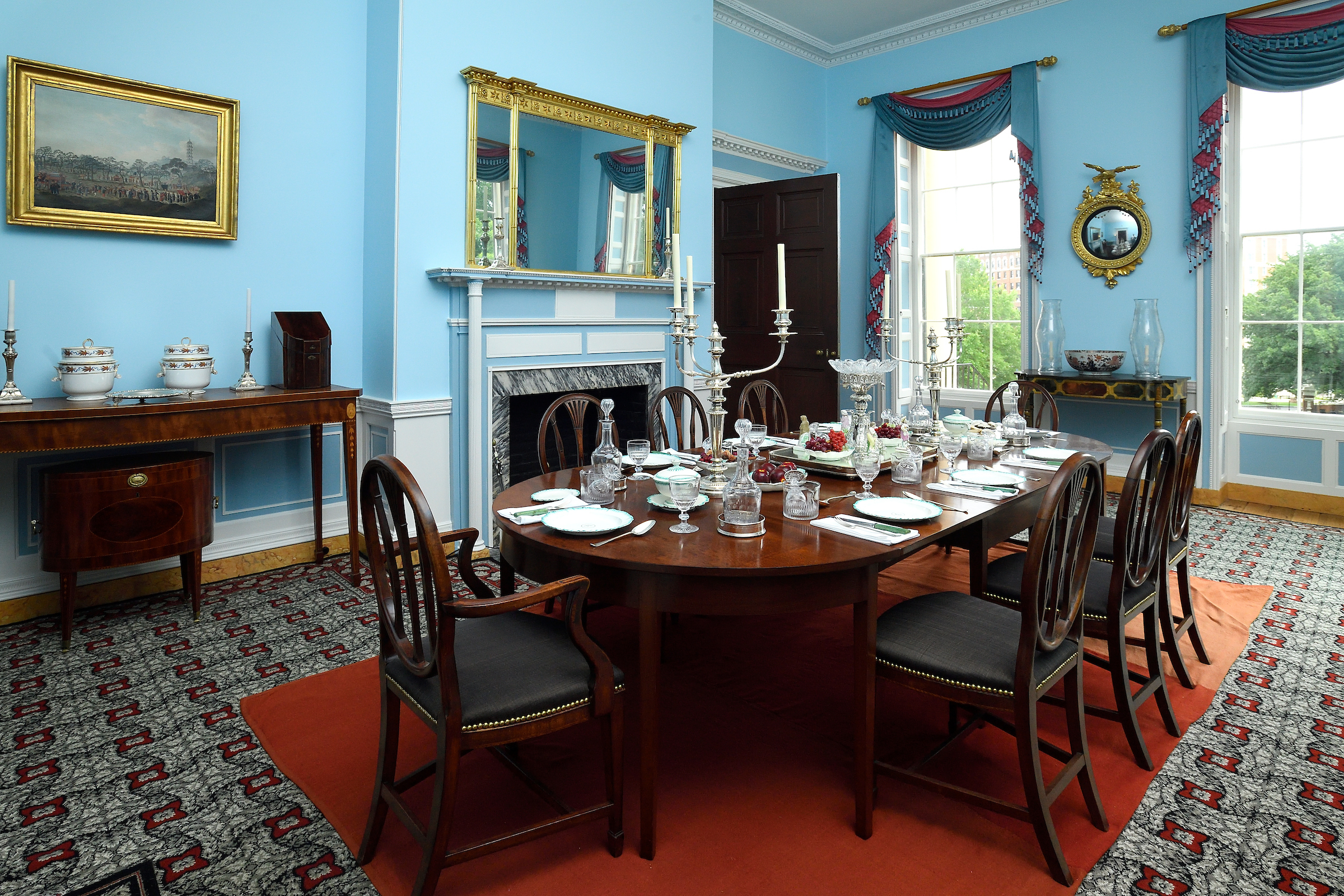
In honor of Black History Month, JHU Museums’ curators have prepared a series of blog posts about the enslaved community at Homewood in the early 1800s. Today’s post examining the roles of enslaved workers in dining and entertaining at historic Homewood is the second post in a series of three. To read the first blog […]
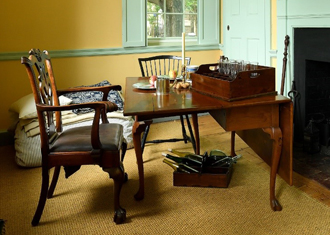
Homewood Museum tells the story of three families who lived and worked in this federal-period house between 1801 and 1832. Two of these families, the Rosses and Conners, were enslaved by the white Carroll family who owned the estate.When visitors tour Homewood Museum they are confronted by the juxtaposition of beautiful eighteenth- and early nineteenth-century […]